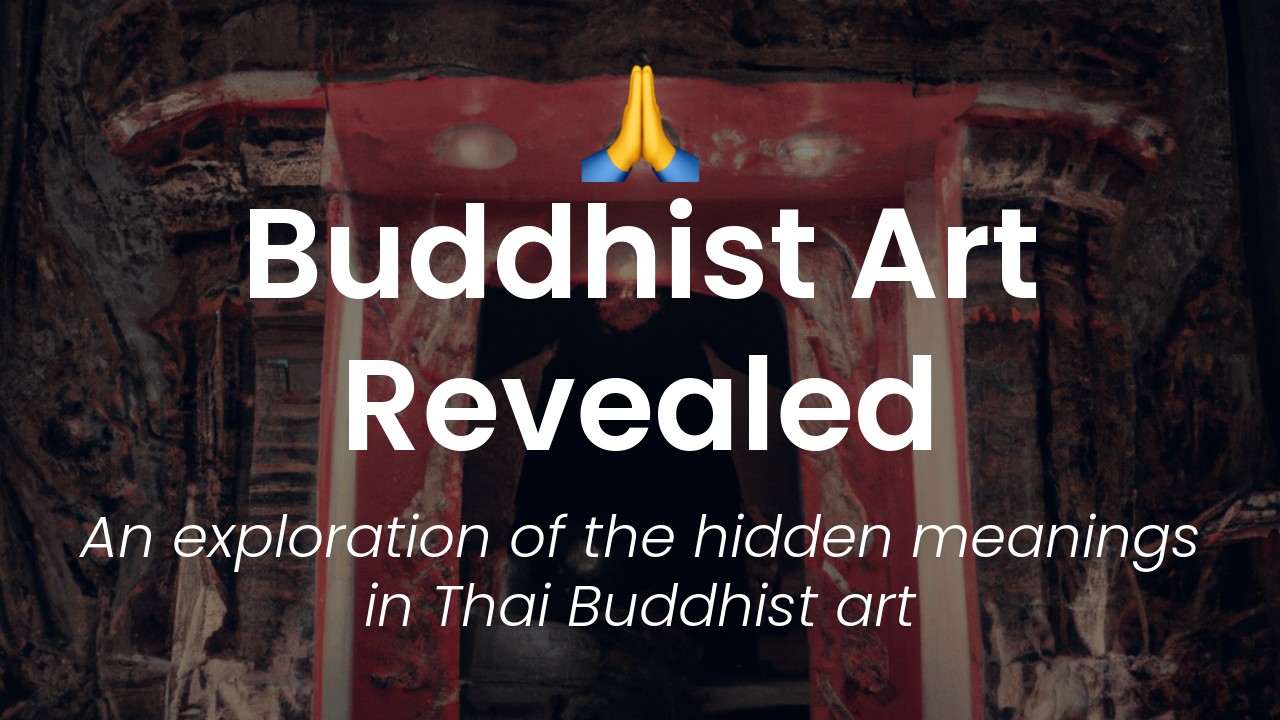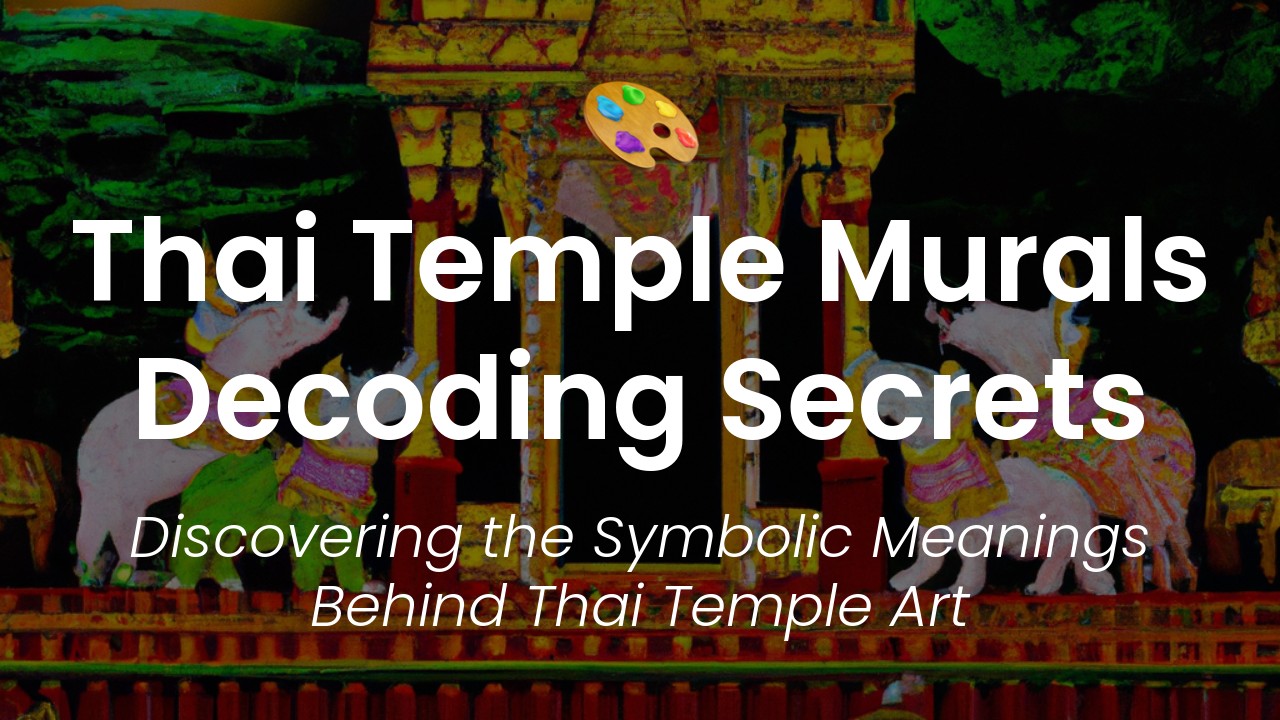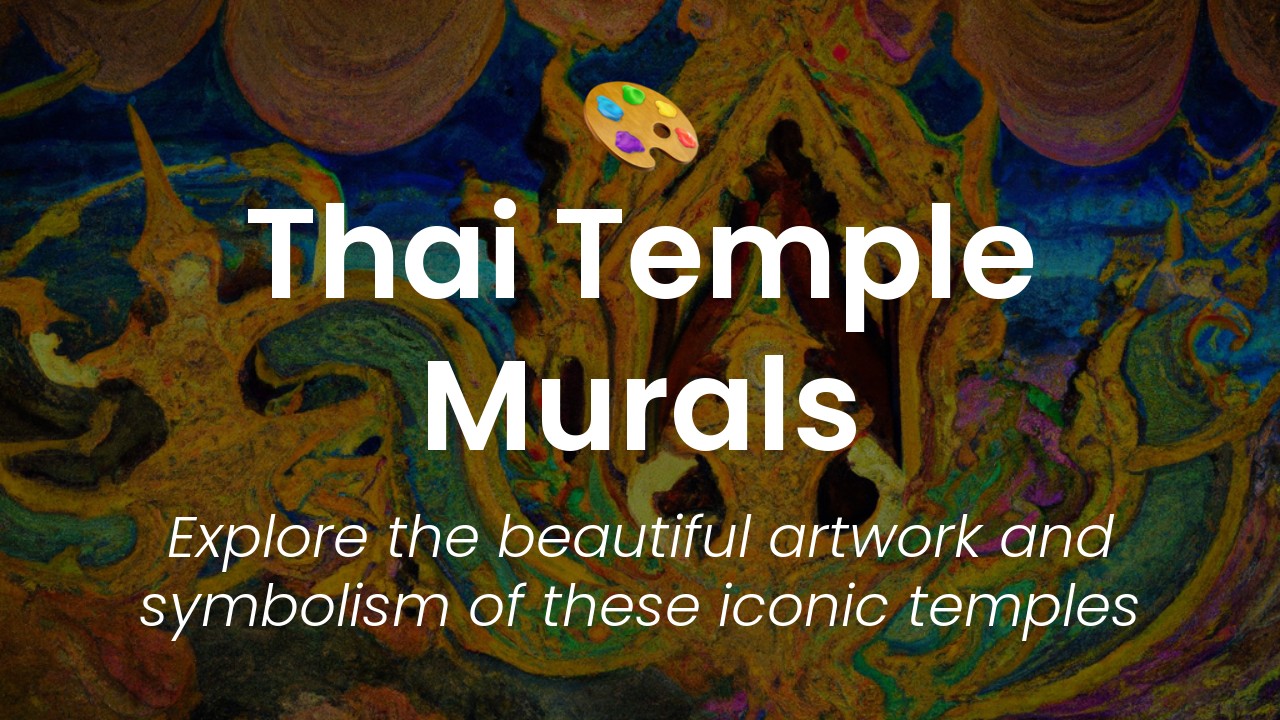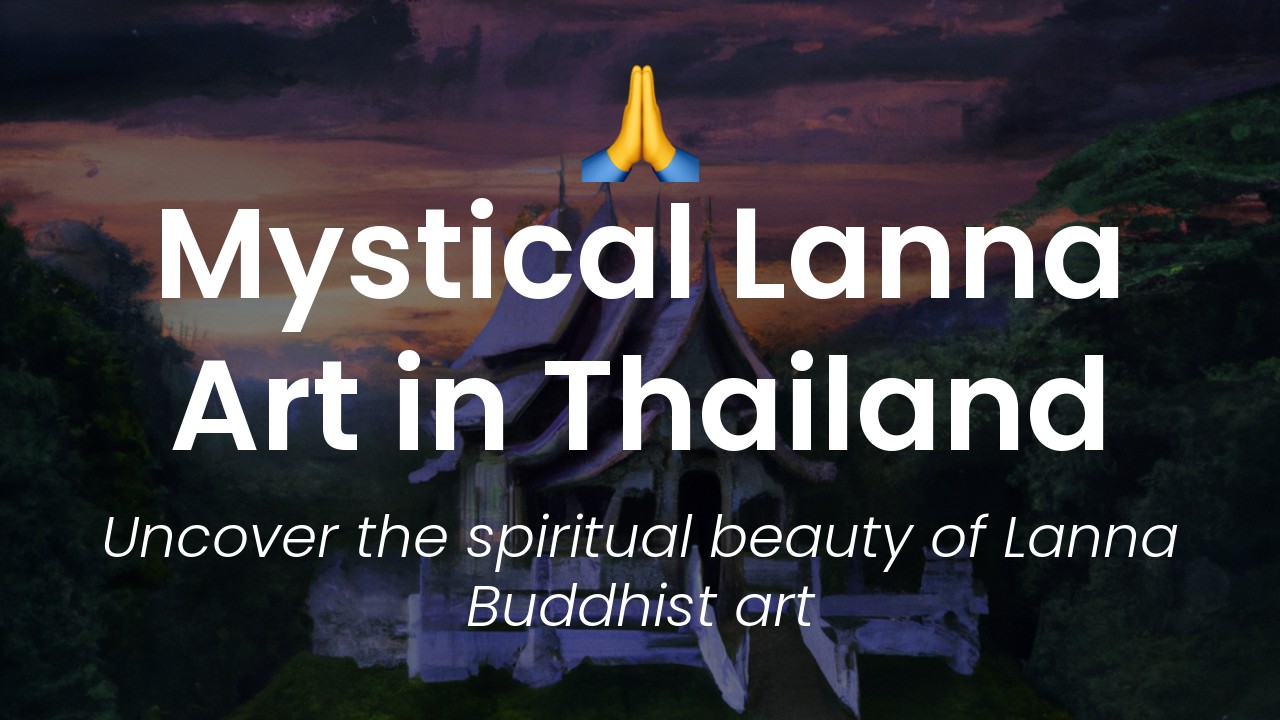As a proud Thai woman, I have always been fascinated by the diverse cultural traditions and practices that make up the fabric of my country. One of the most intriguing aspects of Thai culture is Buddhism, which has been practiced in Thailand for over a thousand years. Although I am not a devout Buddhist myself, I have always been drawn to the rich history and symbolism of Buddhist art and literature.
Recently, I had the opportunity to explore one of the most intriguing aspects of Thai Buddhist culture – the manuscripts that are central to Buddhist practice and beliefs. These manuscripts, which are written on palm leaves or traditional mulberry paper, are a testament to the depth and complexity of Buddhist teachings.
Unlocking the secrets of these manuscripts was a journey that took me deep into the heart of Thailand’s Buddhist heritage. As I pored over these ancient texts, I was struck by the beauty and wisdom contained within their pages. In this blog post, I want to share my discoveries with you – inviting you to join me on a journey of discovery into the rich and complex world of Thai Buddhist manuscripts.
The History of Thai Buddhist Manuscripts
Thai Buddhist manuscripts are an integral part of Thai culture. These manuscripts, also known as palm leaf manuscripts or lai suat, contain important Buddhist texts and teachings. These texts were written in the Pali and Sanskrit languages, which were translated into Thai during the Sukhothai period (1238-1438). The manuscripts were originally written on palm leaves, which were bound together with a string to form a book. Over time, the use of paper became more popular and many manuscripts were transferred onto paper.
The origins of Thai Buddhist manuscripts date back to the 4th century BC, when Buddhism was introduced to Thailand by Indian missionaries. These manuscripts became an important means of preserving the teachings of Buddha, which were passed down orally for several centuries. Written scripts were introduced much later when the art of writing arrived in Thailand.
The Importance of Thai Buddhist Manuscripts
Thai Buddhist manuscripts hold great importance in Thai culture. They not only contain the teachings of Buddha, but also provide insights into Thai history, culture and literature. The manuscripts are considered to be the most authentic source of Buddhism and are used as a means of educating the younger generations about Buddhist principles and values.
Furthermore, the manuscripts also serve as a means of communication between cultures. Many of the manuscripts contain texts that were translated from other languages such as Sanskrit or Pali, which helped to spread Buddhist teachings across Southeast Asia and beyond.
The Materials Used in Thai Buddhist Manuscripts
Traditional Thai Buddhist manuscripts were made from palm leaves. The leaves were collected, dried, and then cut into rectangular pieces. These pieces were then polished with a special shell to make them smooth, after which the text was written onto the surface using a sharp stylus. Once the text was complete, the leaves were held together using a string that was passed through a hole in one end of each leaf.
Over time, paper became the primary material used for Thai Buddhist manuscripts. Paper was cheaper, easier to produce, and more durable than palm leaves. However, the traditional techniques used to create the manuscripts remained largely the same even when using paper.
The Writing and Illustrations in Thai Buddhist Manuscripts
Thai Buddhist manuscripts are known for their intricate and detailed illustrations. These illustrations often depict stories from the Buddhist texts, such as the life of Buddha or the Jataka tales. The illustrations were created using natural pigments, such as charcoal and clay, which were mixed with water and applied using a brush.
The writing in Thai Buddhist manuscripts is also unique. The texts are written in a script known as “kham script,” which is a cursive form of the Thai alphabet. The script was developed specifically for writing Thai Buddhist texts and is still used today.
Understanding the Symbolism in Thai Buddhist Manuscripts
Understanding the symbolism in Thai Buddhist manuscripts takes time and effort. The manuscripts are filled with imagery that represents various Buddhist teachings and beliefs. For example, a lotus flower represents purity and enlightenment, while an elephant symbolizes strength and wisdom.
Many of the illustrations in Thai Buddhist manuscripts also feature mythical creatures such as naga, a serpent-like creature that represents power and protection. By understanding the symbolism in these manuscripts, individuals can gain a deeper understanding of Buddhist teachings and Thai culture.
Conservation of Thai Buddhist Manuscripts
Thai Buddhist manuscripts are fragile and require careful conservation to ensure their survival. The manuscripts are at risk from a range of factors, including humidity, pests, and light damage. Therefore, many institutions have taken steps to protect these valuable cultural artefacts.
Conservation methods vary, but many involve digitizing the manuscripts to reduce the need for physical handling. Institutions also use specialized storage containers and climate control systems to keep the manuscripts at the proper temperature and humidity levels. Additionally, many institutions have developed educational programs to raise awareness about the importance of these manuscripts and the need for their conservation.
Accessing and Studying Thai Buddhist Manuscripts
Accessing and studying Thai Buddhist manuscripts can be a challenge for researchers and scholars. Many of the manuscripts are held in private collections or are scattered across various institutions. However, several institutions are making an effort to digitize their collections and make them available online.
One of the premier institutions for accessing and studying Thai Buddhist manuscripts is the National Library of Thailand. The library has a vast collection of manuscripts, and they have a dedicated reading room for scholars and researchers. Additionally, several universities in Thailand offer courses and programs in manuscript studies, allowing individuals to gain a deeper understanding of these important cultural artefacts.
In conclusion, Thai Buddhist manuscripts are a valuable part of Thai culture and history. These manuscripts provide a glimpse into the past and serve as an important means of educating individuals about Buddhist teachings and the Thai way of life. With careful conservation and continued efforts to make them accessible, these manuscripts will continue to be a source of knowledge and inspiration for generations to come.





